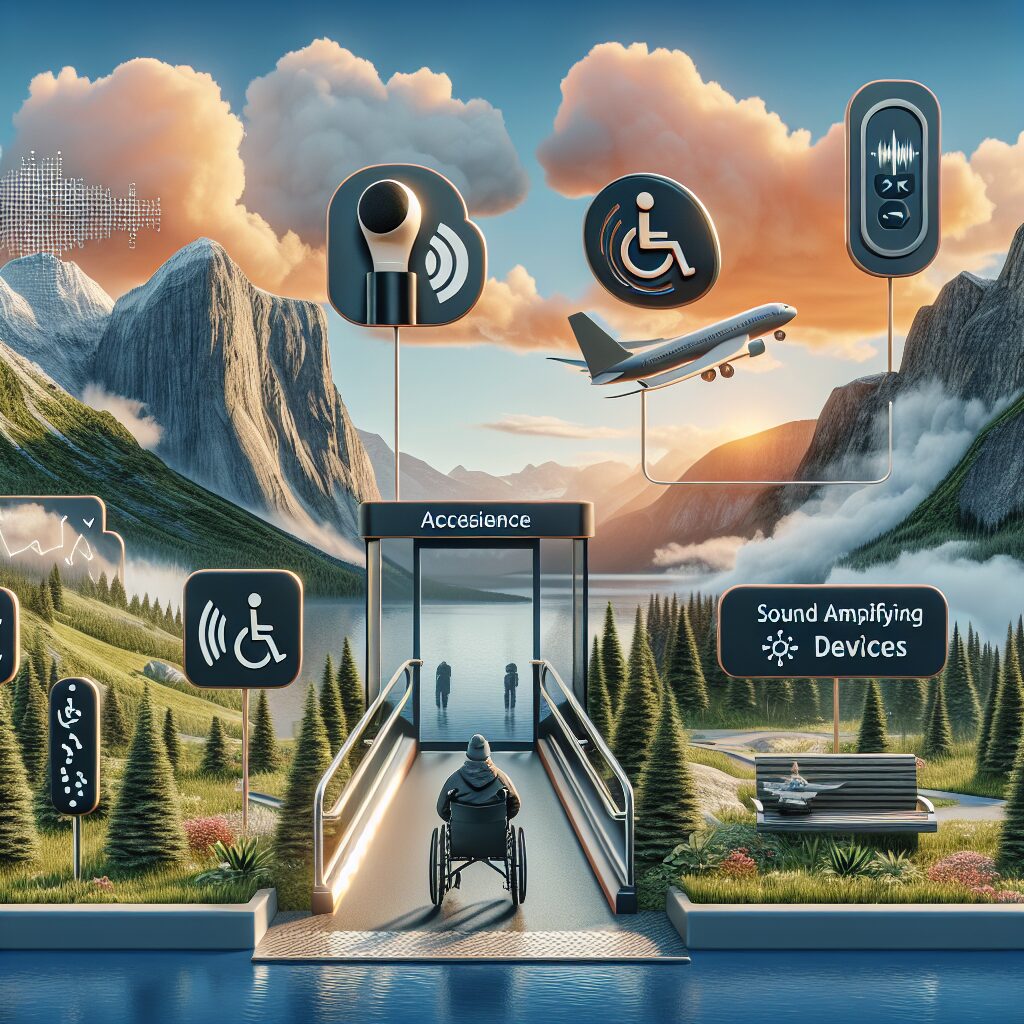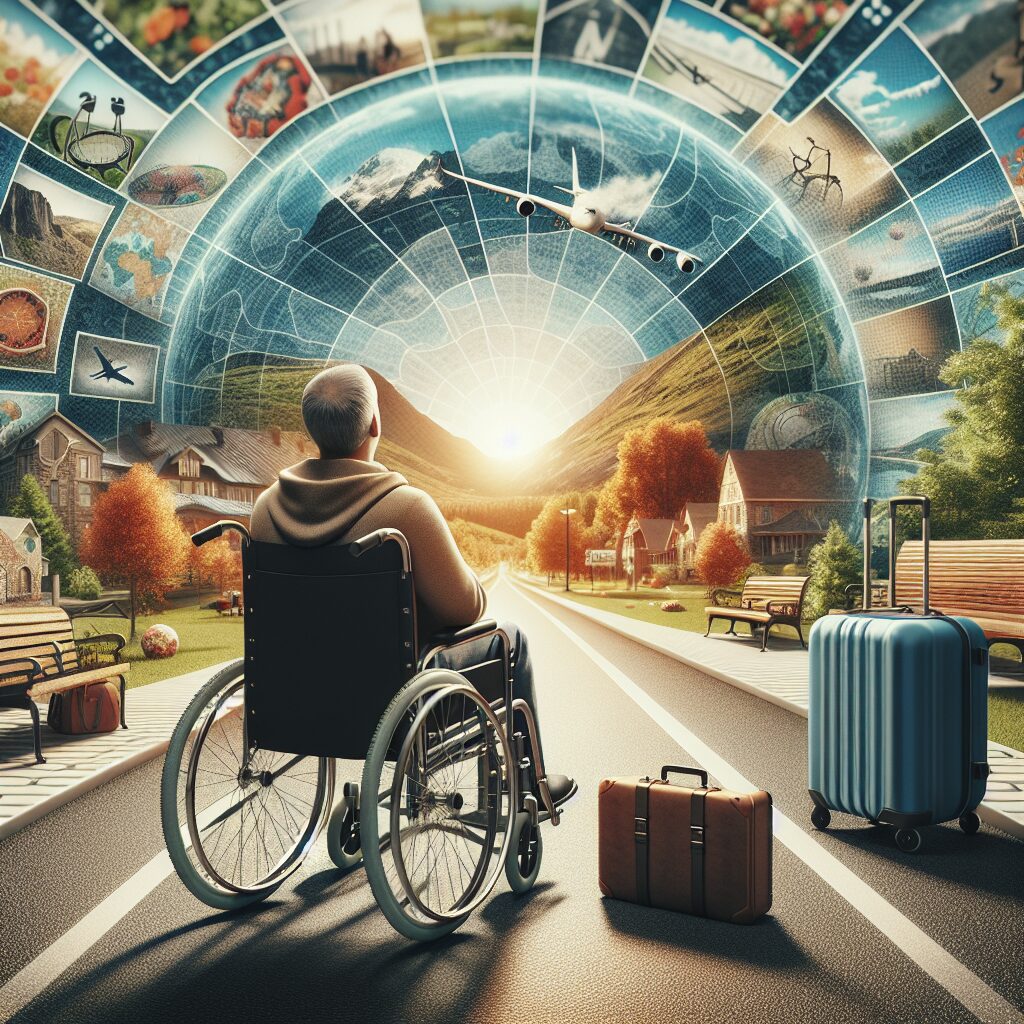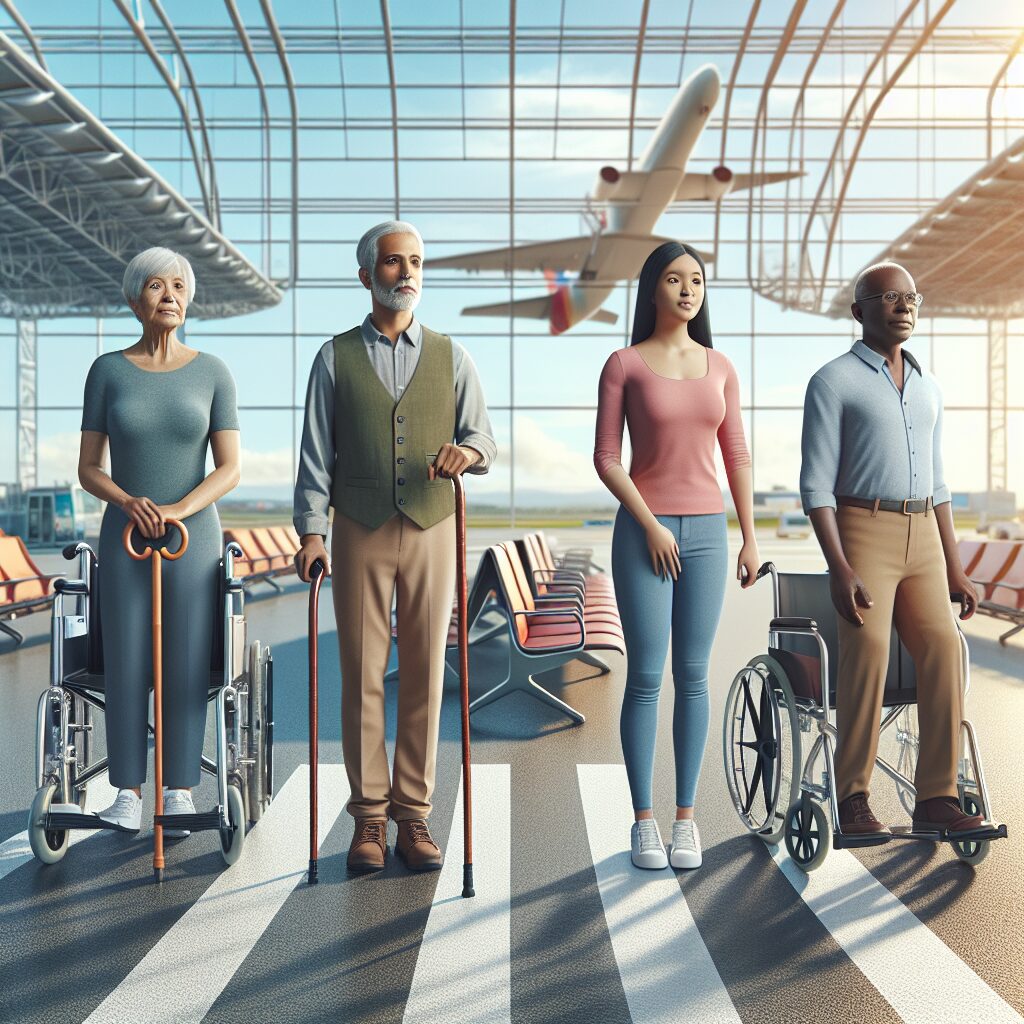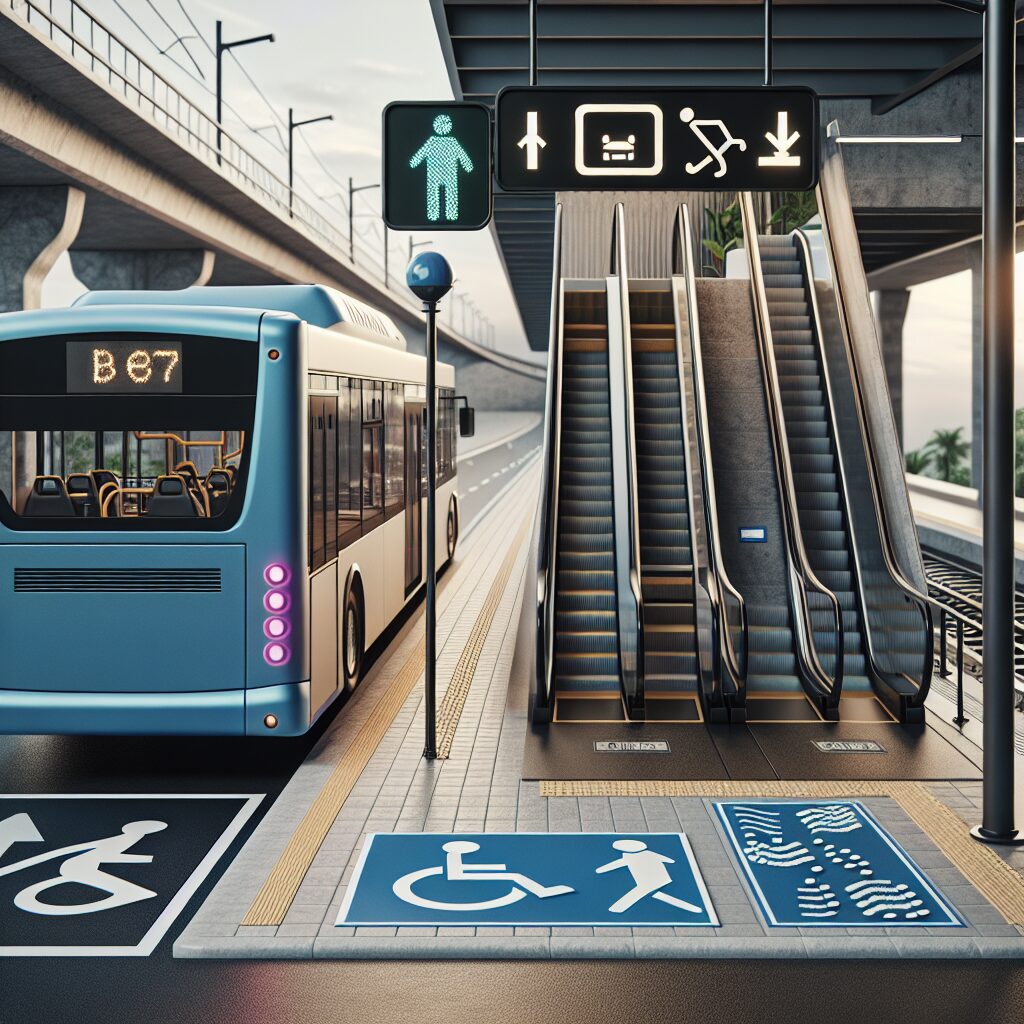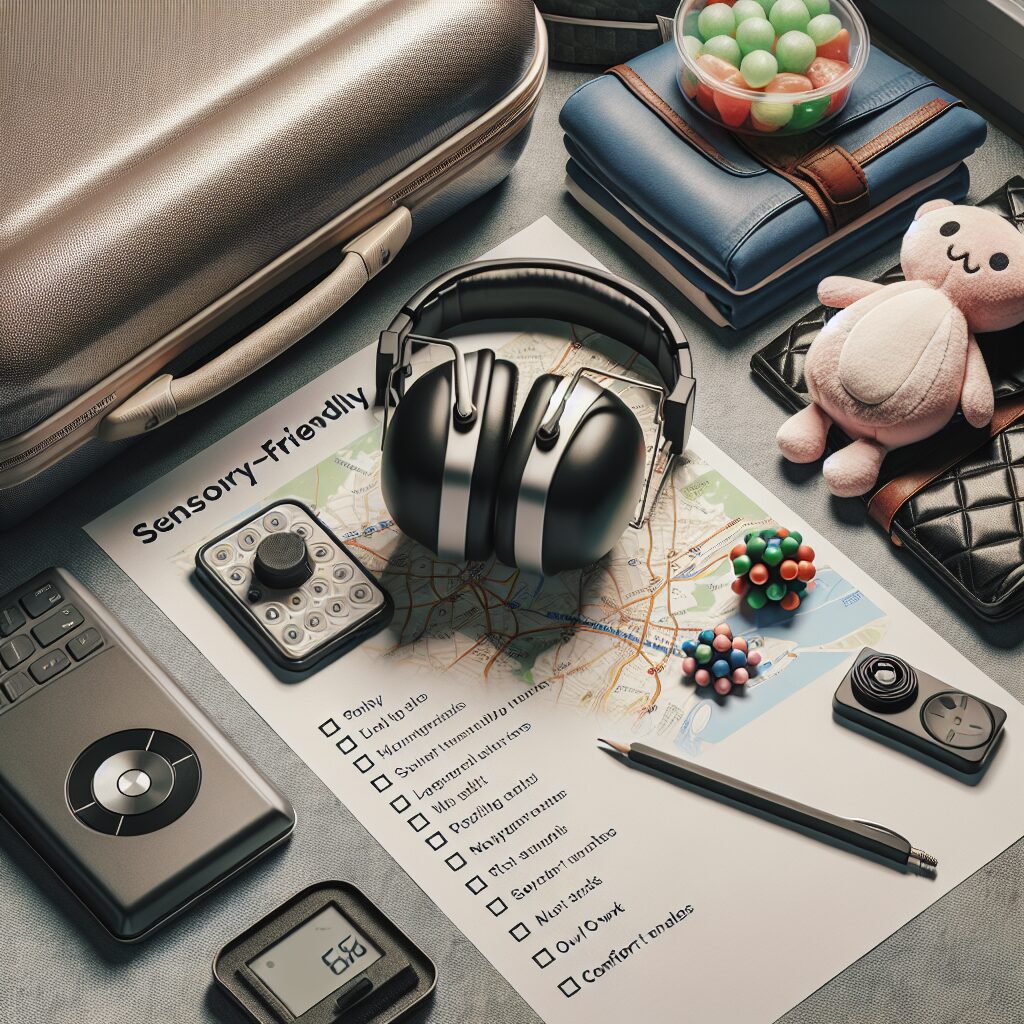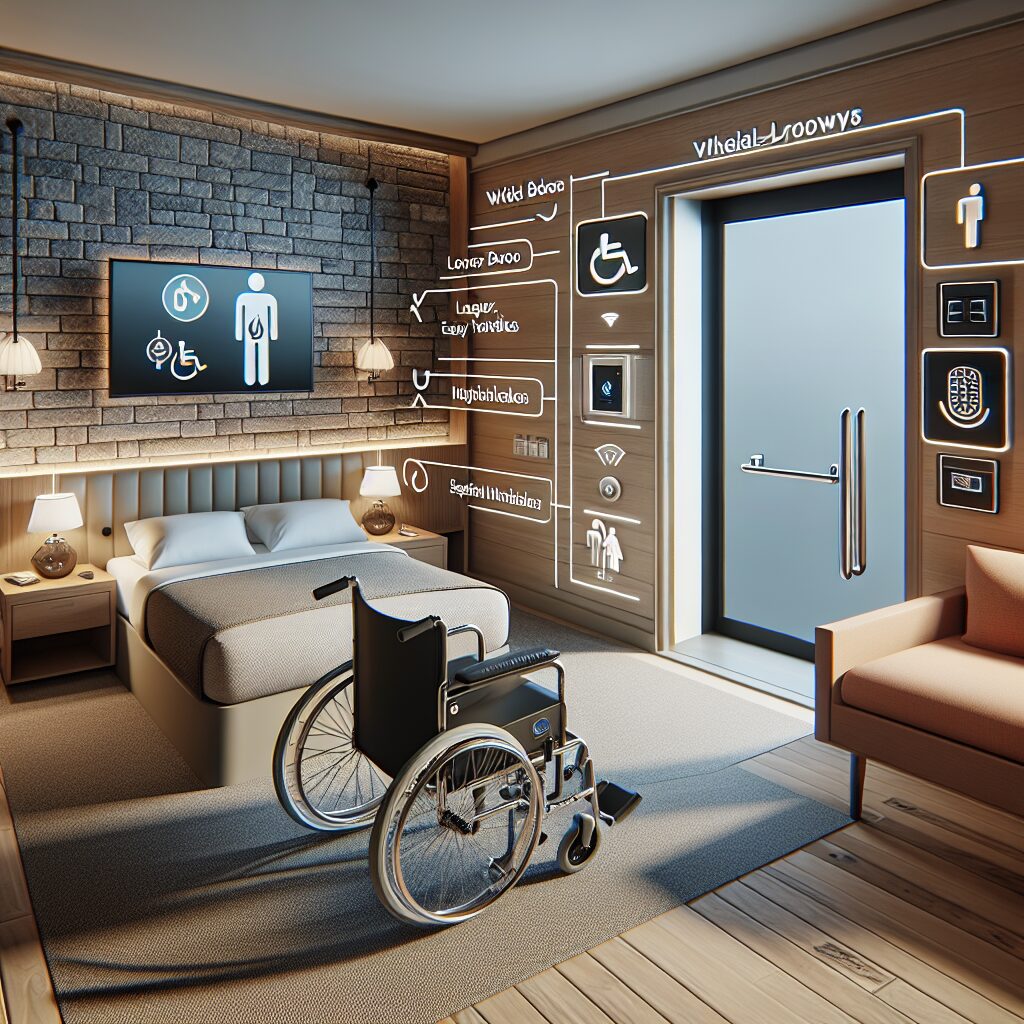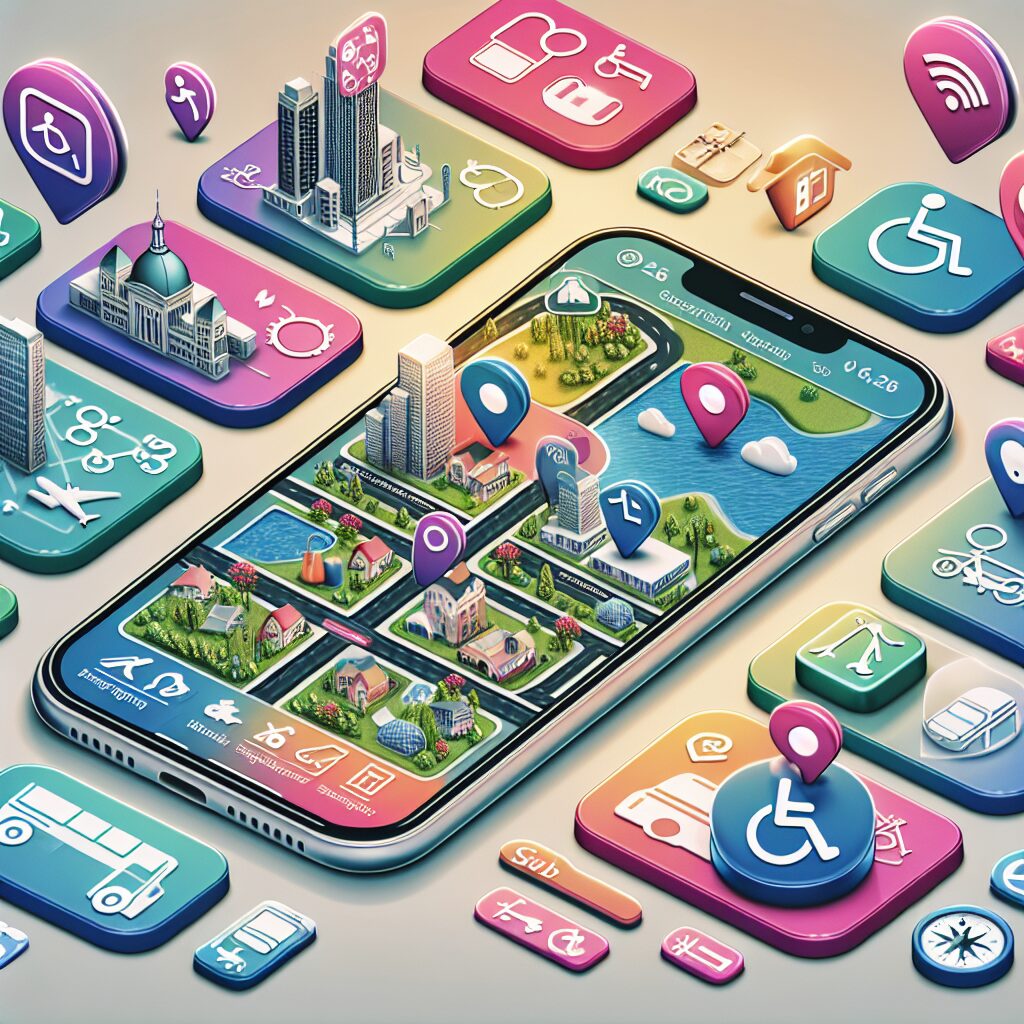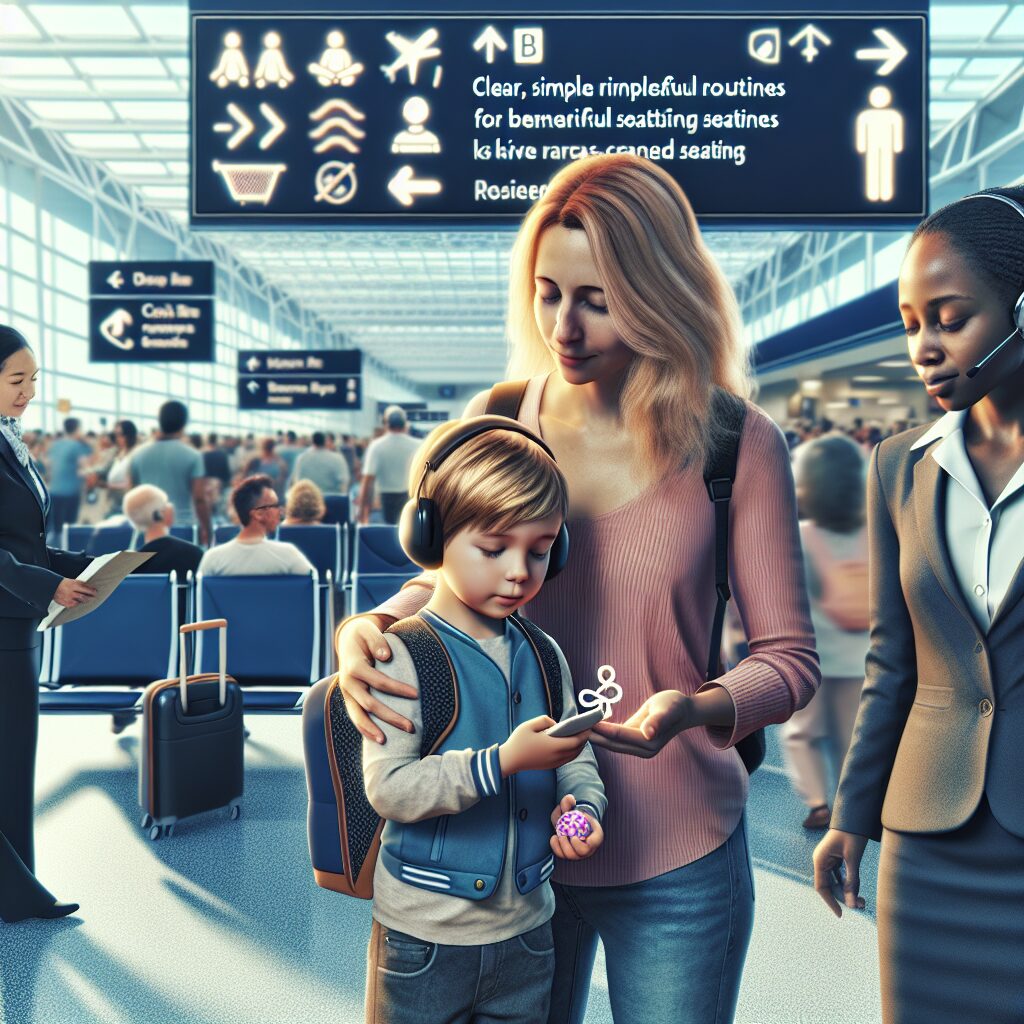Traveling with Disabilities: Tips and Insights opens up a world of possibilities for individuals with varying mobility challenges or impairments. Not only does it provide an opportunity to explore new destinations and experience different cultures, but it can also be an empowering experience that fosters independence and personal growth. For instance, did you know that in the United States alone, over 26 million adults with disabilities travel each year? This substantial number highlights the importance of creating inclusive and accessible travel experiences for everyone. In this article, we will delve into the specific impacts and unique features of traveling with disabilities. We will discuss key takeaways such as the importance of thorough research, accessible accommodations, and reliable transportation options. So, whether you have a disability, travel with someone who does, or aim to create an inclusive travel experience, get ready to embark on this enlightening journey of discovery and empowerment.
When it comes to traveling with disabilities, it’s essential to emphasize that each person’s experience is unique. The impact of disability on travel can range from physical barriers to communication challenges, but with the right information and support, every traveler can have a fulfilling experience. Accessible accommodations, for instance, play a vital role in ensuring a comfortable stay for individuals with disabilities. From hotels to vacation rentals, these establishments provide facilities such as grab bars, roll-in showers, wider doorways, and other accessibility features that cater to various needs. Moreover, reliable transportation options like accessible taxis, shuttle services, and public transportation systems equipped with ramps or lifts enable convenient mobility and seamless exploration of destinations. Now, let’s delve deeper into the key takeaways that will help you make the most of your travels or create inclusive experiences for others.
Key Takeaways
1. The article provides important insights on traveling with disabilities, emphasizing the need for proper planning and research to ensure a smooth and enjoyable trip. It highlights the significance of considering specific needs related to transportation, accommodation, and accessibility at the chosen destination.
2. The article stresses the importance of notifying airlines and hotels about any special requirements in advance. This can facilitate necessary arrangements, such as wheelchair assistance, accessible rooms, or specific dietary needs. It also emphasizes the value of purchasing travel insurance to cover unforeseen circumstances.
3. The article suggests utilizing online resources and forums that provide information on accessible travel destinations and services, enabling individuals with disabilities to make informed decisions. It recommends searching for travel agencies or tour operators that specialize in accessible travel to ensure a more tailored experience.
4. The article emphasizes the importance of packing essential items such as medications, mobility aids, and copies of important documents, including medical records and prescriptions. It advises carrying information about local hospitals or medical facilities at the destination, just in case of emergencies.
5. Lastly, the article highlights the significance of maintaining a positive mindset and being adaptable when facing challenges during travel. It encourages individuals with disabilities to embrace the journey and enjoy the experiences, while also advocating for improved accessibility and inclusion in the travel industry.
What are some useful tips and insights for traveling with disabilities?
Choosing the Right Destination
When planning a trip for individuals with disabilities, it is crucial to select a destination that caters to their specific needs. Research destinations that are known for their accessibility, such as cities with well-developed infrastructure or resorts with adapted accommodations. Consider factors such as wheelchair accessibility, availability of accessible transportation, and the presence of medical facilities that can provide necessary support.
Packing Essentials
Traveling with disabilities requires careful packing to ensure a comfortable and stress-free journey. Apart from the usual travel essentials, individuals with disabilities should pack extra medications, medical equipment, and assistive devices. It is advisable to bring along a doctor’s letter outlining any specific medical needs and a list of emergency contacts. Additionally, don’t forget to pack adaptive clothing, comfortable shoes, and any necessary mobility aids.
Accessible Transportation Options
Transportation can often be a significant hurdle for travelers with disabilities. It is essential to explore accessible transportation options in advance. Research airlines that offer assistance for disabled passengers, such as wheelchair escorts or priority boarding. If traveling within a city, check for accessible public transportation or consider hiring accessible private transportation services. Planning and booking transportation ahead of time can help ensure a smooth and hassle-free journey.
Accommodations for Accessibility
When booking accommodations, it is crucial to prioritize accessibility. Look for hotels or vacation rentals that offer accessible rooms equipped with features like widened doorways, grab bars, and roll-in showers. Ensure that the chosen accommodations are located in accessible areas, with nearby amenities and attractions that cater to individuals with disabilities. Calling ahead to discuss specific needs and confirm accessibility details can help avoid any surprises upon arrival.
Researching Medical and Emergency Services
Before embarking on a trip, it is essential to research the availability of medical and emergency services at the chosen destination. Identify nearby hospitals or medical centers that can provide any necessary healthcare or assistance. Carry a list of essential medical information, including allergies, medications, and contact information for healthcare providers. Understanding the local emergency services and having a plan in place can provide peace of mind during the trip.
Ensuring Accessibility at Attractions
When planning activities and sightseeing, prioritize attractions that offer accessibility for individuals with disabilities. Many popular tourist sites now provide ramps, elevators, and accessible pathways for wheelchair users. Look for audio guides or other assistive technology options for visitors with sensory impairments. Additionally, check if attractions offer priority access or shorter queues for individuals with disabilities, allowing for a more enjoyable experience.
Guides and Travel Assistance
Consider hiring knowledgeable guides or travel assistance services specialized in catering to travelers with disabilities. These professionals can provide valuable insights, assist with navigation, and offer support throughout the journey. They can offer local expertise, including recommendations on accessible restaurants, attractions, and hidden gems that may not be widely known. Having a guide or travel assistant can enhance the overall traveling experience.
Top Tips for Traveling with Disabilities:
1. Does the chosen destination have adequate accessibility measures in place?
2. Have all necessary medical supplies and equipment been packed?
3. Are there accessible transportation options available for the trip?
4. Have suitable accommodations for accessibility been booked?
5. Is there sufficient information about local medical and emergency services?
6. Have attractions and activities that cater to individuals with disabilities been researched and included in the itinerary?
7. Consider hiring professional guides or travel assistance services for a smoother and more enjoyable experience.
Frequently Asked Questions
1. Can individuals with disabilities enjoy traveling?
Absolutely! With proper planning and accommodations, individuals with disabilities can have fulfilling and enjoyable travel experiences.
2. What are some important considerations when planning a trip for someone with a disability?
It is crucial to research and select accessible destinations, accommodations, and transportation options. Additionally, understanding the specific needs and requirements of the traveler is essential in ensuring a smooth and comfortable journey.
3. How can I find accessible accommodations?
You can search for accommodations that offer accessibility features on travel websites or contact hotels directly to inquire about their accessibility options. It is recommended to communicate your specific needs beforehand to prevent any surprises or inconvenience.
4. Are there specific airlines that cater to passengers with disabilities?
Several airlines have programs and services in place to assist passengers with disabilities. It is advisable to contact the airline in advance to discuss your requirements, such as wheelchair assistance or seating accommodations.
5. Can I bring medical equipment with me when traveling?
Yes, you can bring necessary medical equipment with you. However, it is important to check airline regulations and security guidelines as some items might require special arrangements or documentation.
6. How can I ensure smooth navigation through airports?
Inform the airport about your needs in advance, so they can provide assistance and make arrangements accordingly. Most airports have designated services for travelers with disabilities, such as wheelchair or escort services.
7. Are there accessible transportation options at tourist destinations?
Many tourist destinations offer accessible transportation options, such as wheelchair-accessible taxis or public transportation with accommodations. Check with local transport authorities or tourist information centers to ensure seamless transportation during your trip.
8. What should I do if I encounter accessibility issues during my trip?
If you encounter any accessibility problems, notify the relevant authorities, such as the hotel management, airline staff, or local tourism boards. They can take necessary actions to resolve the issue and prevent similar problems for future travelers.
9. How can I find accessible attractions and activities?
Research ahead of time and consult travel guides or websites that specifically cater to accessible travel. These resources can provide information on attractions, tours, and activities that accommodate individuals with disabilities.
10. Are there any travel agencies that specialize in assisting travelers with disabilities?
Yes, some travel agencies specialize in arranging accessible trips for individuals with disabilities. These agencies can provide expert guidance, customized itineraries, and handle all the necessary arrangements to ensure a smooth and hassle-free travel experience.
Final Thoughts
Traveling with disabilities may require extra planning and considerations, but it should not deter anyone from exploring the world. With the right information, resources, and support, individuals with disabilities can embark on memorable journeys, experiencing the joys of travel just like anyone else. It is essential for society to continue fostering inclusivity and accessibility in the travel industry, ensuring that everyone can create cherished memories while exploring diverse cultures and destinations.
Remember, traveling with disabilities is not just about the destination; it is about the journey itself – embracing new experiences, overcoming challenges, and discovering the incredible resilience and determination within oneself. Let us encourage a more inclusive and accessible world that welcomes and celebrates the diversity of all travelers, enabling them to embark on transformative adventures and create lifelong memories.


